The SkyGuardian drone will soon be conducting trials from RAF Waddington in England and RAF Lossiemouth in Scotland.
RAF Waddington said in a statement:
“In the coming weeks a new shape will be seen in the skies above Lincolnshire as RAF Waddington plays host to SkyGuardian, a Remotely Piloted Aircraft System (RPAS) similar to the new Protector RPAS which will be based at the station from 2024.
The aircraft will take part in a number of capability demonstrations ahead of the arrival of the first of the 16 Protector RG Mk1s. Operating the aircraft from Waddington will help us plan for the arrival of Protector and its operation from the airfield, and showcase its contribution to UK jobs and prosperity which will create over 200 jobs and reinvest £400 million back into the UK economy.”
The Ministry of Defence had submitted a proposal for two ‘Temporary Danger Areas’ this summer to protect Skyguardian operations at Waddington and Lossiemouth. Details of the MoDs submission to CAA can be viewed here. Further, the UK Civil Aviation Authority has granted the request for the two temporary danger areas at both UK bases to allow the flights to take place.
SNP defence spokesperson Stewart McDonald MP has claimed that the CAA has not provided a “compelling reason why SkyGuardian can safely fly over Scottish homes yet not over Californian ones”, he was quoted as saying:
“In the face of significant pressuring being applied to the CAA to open up the skies to large drones, their first priority must always be the safety of the public and other air users.”
The CAA said it was “satisfied that it meets the safety requirements for a large remotely piloted aircraft”.
The Ministry of Defence said:
“Whilst SkyGuardian could operate in a slightly smaller volume of airspace we are aiming to emulate the Protector flight profiles in order to see if the airspace can cater for typical Protector departure and arrivals in the manner which the RAF intends to train its crews.”


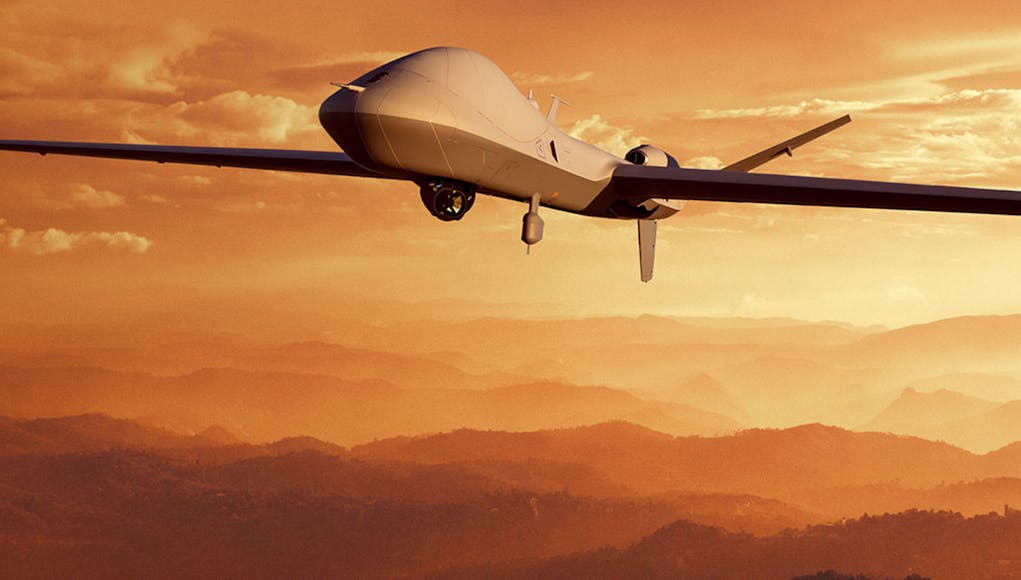
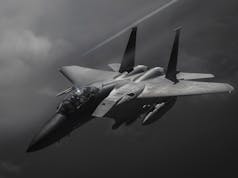

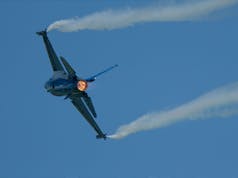
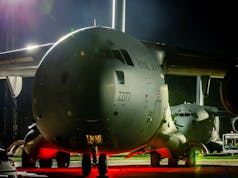
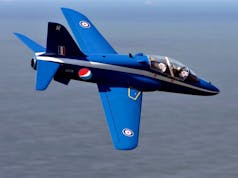
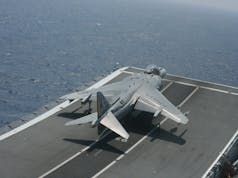
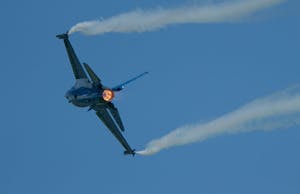









Kinloss would seem a better bet, as it has a direct sea border and SG could operate over ISK and Fort George and Tain, all of which also have a beach.
So much air assets being concentrated in a few airbases. Can anyone advise on what each base has in the way of shorad to medium air defenses to protect themselves?
Morning Quentin. I think you may have asked that before, but in case I’m mistaken, nothing! Ground based Air Defence in the UK comprises Rapier FSC and Startreak in the field army ( 16 and 12 RA ) plus reserve regiments. They are for defending 3 ( UK ) Division on operations, not for defence of the home base. Though in theory of course they could, as was seen in the 2012 Olympics. The last UK based air defences were the 2 RAF Regiment Squadrons in Scotland and 4 more defending USAF bases in England. All in the Cold War… Read more »
Good evening Daniele, yes, you’re right, good memory. I was hoping for better news. It’s not my business but it seems the UK still has a very big risk of exposure to incoming missiles and even drones with nothing to stop them across all our bases, ports as well the mainland. A glass palace syndrome which I hope nobody gets close enough to throw rocks.
Hi Danielle,
I believe that Rapier’s have (or are) being replaced with Sky Sabre – the Army’s version of Sea Ceptor which has a short but possibly medium range. Although like you said, deployed on an expeditionary posture.
Cheers, Goldilocks
Hi G.
I know, was only considering current kit.
GPMG in the LLAD role 😂
That’s no joke either…unless forward planned that’s as good as it gets at home bases.
If a nation state attacked UK soil in that way it would probably constitute an act of war and potentially become a nuclear conflict.
That doesn’t work though. As senior NATO figures once retired have often said relying on nuclear deterrent with out strong conventional doesn’t work. If Russia decided to destroy our air and sea bases at home with sneak hypersonic attack for example and kept deaths to military snd under say 5000 no British PM since Maggie and Cold War would respond with nuclear as would be non proportional. We were far safer in 1980’s when Reagan thatcher and other NATO leaders said “any” attack of any kind will result in nuclear retaliation. By leading Russian military to believe they could keep… Read more »
I was rationalising how defence strategists might view it. I suppose they’re thinking about ‘likely threats’ and assessing the costs of putting in countermeasures in what they might consider an unlikely scenario. My own views are similar to yours. I’m not sure what the answer is, apart from spend more on defence, get better value for money on defence procurement, and have a plausible plan for a ‘peer’ conflict, which no one wants, but having an effective defence is always the best deterrent.
ISK?
AD of bases is none existent as the RAF has no weapons to protect them as they were given up some years ago. No LRAAM cover other than what the USA may bring in to defend their own assets. What more needs saying?
16 AD in Thorney Island should soon be up to speed with Sky Sabre, and only a few hours drive, if and when needed.
https://www.army.mod.uk/news-and-events/news/2018/02/army-unveils-sky-sabre-air-defence-system/
https://en.wikipedia.org/wiki/CAMM_(missile_family)
This is a start, more please.
I’d read recently the roulement battery in the Falklands will soon deploy with the system.
Does anyone know how many systems we are buying? 1?
I read on here someone said 24.
We should have produced additional SAMSON/S1850s and installed them at sites throughout the UK along with shore based Sylvar 70 cells. I guess the problem is that the systems are pretty much off the shelf and with no R&D requirement there was no opportunity for backhanders (sorry, “development funding”).
What would more radar achieve ? I believe we host nato/us early warning systems
Yes, we have our own radar network. Both military and civil radars feed into the system.
The U.S. radar is the Fylingdales BMEWS which is not intended to spot cruise missile attacks at low level on our bases. It is for ballistic missile tracking/detection, and space debris.
Other US BM infrastructure is at Menwith Hill.
Would they not pick up fast moving cruise? I know nato has been updating radar and satellite based launch detect but not worth much if can’t pick up low level cruise. They could just put small nukes on them simalar to Israel setup and sneak them in for first strike
They would guide the surface to air missiles located in the Sylvar 70 cells.
This issue has been discussed here before. It would only encourage an adversary to launch a saturation attack with thousands of missiles, of which the UK will have No way of defending against. And would need T45’s based near the Baltics to intercept the missiles in time before they reach our shores.
St Mawgan and/or Lossie would be good places, easy departure/arrival as by coast so very limited over flight issues
Lots of locations available.
If we want remote, there is a dedicated Danger Area in Cardigan bay, used by our MoD/QinetiQ installations at Aberporth. The airfield there carried out Watchkeeper flights.
Further north, the old DERA Llanbedr airfield is even more remote. Both those locations equally valid regards overflights and sea access apart from maybe infrastructure regards Llanbedr.
In Scotland, Macrihanish and West Freugh and Luce Bay Range, also next to the sea and used by the MoD. West Freugh was alleged to have some interesting “things” flying from there in the 90s.
If only we could trial the sea guardian that was developed and fit it with air defence radar. It’s been tested I think off a us carrier. I believe the slow take off speed coupled with the ramp and a head wind they should be able to operate of QW/PW if they fit a trap. I can’t see how the platform can’t be modified for this purpose. I read last week that the CIA operated U2 spyplanes of a carrier covertly to test the theory in the 60s including landing them and eventually modifying for a naval variant which had… Read more »
I guess that Stewart McDonald had two speeches laid out on his desk waiting for the announcement to be made, one reads “compelling reason why SkyGuardian can safely fly over Scottish homes yet not over Californian ones”.
The other one… “again the UK lags behind the rest of the developed world and prevents Scotland from advancing with it along with the loss of hundreds of Scottish jobs”!
For those of us that have worked with the UK CAA, we know that if there’s a reason not to approve something they will grab the chance.
The obvious compelling reason why SkyGuardian is not operated over built up US regions is that there’s no need . You could hide the whole of the UK in some of the American closed airspace regions , so why bother operating anywhere else?
Is this the maritime variant?
This is the pre-production example being brought over and tested, helping to refine any issues needed to integrate the Protectors 👍
Very much off topic, but here’s a video of a race between a challenger 2 and a le Clerc
https://twitter.com/geoallison/status/1430127133377056768?s=21
Nice one put that in the Challenger thread and that will shut one or two up 😀
Cold start race. Hot start the Leclerc won by some distance
TBF Damo it’s always been our tanks are slower, we go for armour and gun as priorities others take a different approach 😀
As quoted in ‘The fall and rise of Reginald Perin’. “Never trusted the French, good tanks, 4 gears, all reverse’